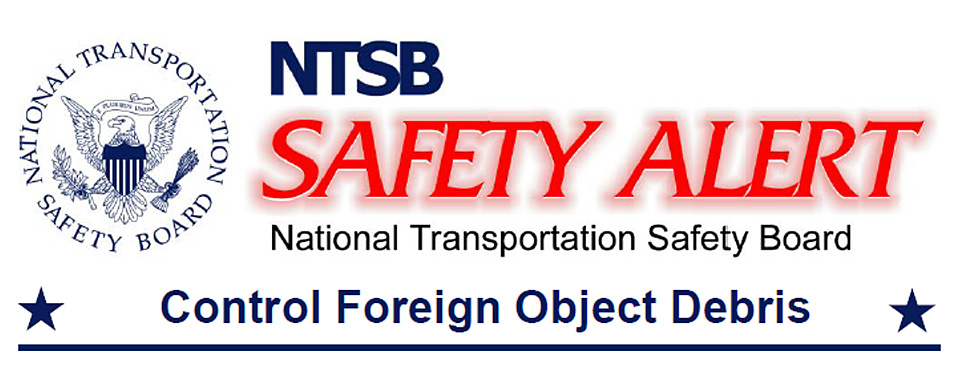Account for all items after performing maintenance tasks!
The problem
- Mechanics, or others who help with aircraft maintenance, might leave items or residual debris behind after performing maintenance tasks that could become foreign object debris (FOD). Examples of FOD include tools, hardware, eyeglasses, keys, portable electronic devices (PEDs), paint chips, and metal shavings.
- If mechanics and others do not account for every item that they use in or around an aircraft and clean as they go, this FOD can be ingested into the engine or interfere with critical flight systems, leading to an accident.
Related accidents
Since 2010, the National Transportation Safety Board (NTSB) has investigated accidents involving FOD that was left behind after maintenance:
-
- The pilot of a Rotorcraft Development Corporation (formerly Garlick) UH-1B helicopter reported that she heard a loud noise, followed by a “bang”; the low rotor rpm horn sounded, the pilot entered an autorotation, and the helicopter crashed on a hillside and rolled. The engine had been replaced the day of the accident. Material consistent with a towel was found in the inlet guide vanes (IGVs) and also in the compressor section
(see figures 1 and 2). (WPR15LA159)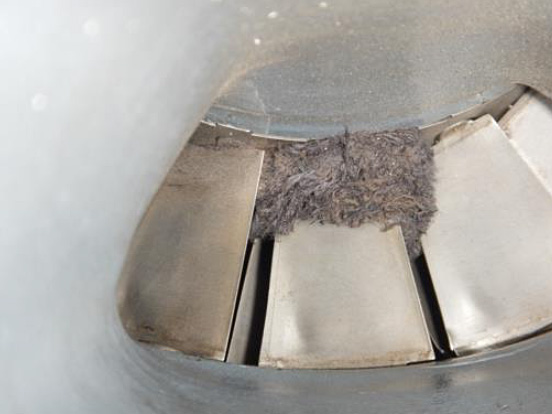
Figure 1. IGVs with material.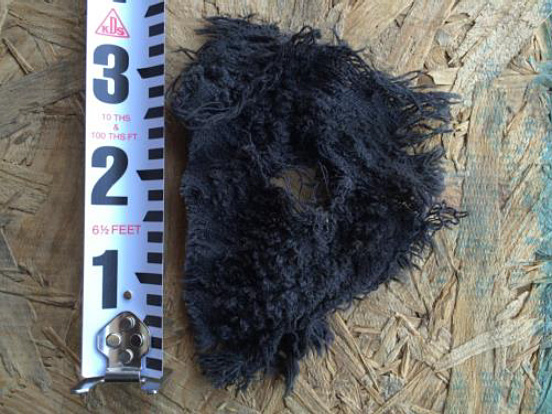
Figure 2. Recovered material. - The pilot of an MD Helicopters (formerly McDonnell Douglas) 369E helicopter was conducting a post maintenance check flight when the engine lost power and the pilot entered an autorotation. The helicopter landed hard and rolled on its right side. Examination of the helicopter’s engine revealed cloth material, consistent with rags used by maintenance personnel during installation of the air inlet barrier system, ingested into the engine intake (see figures 3 and 4). (WPR13LA290)
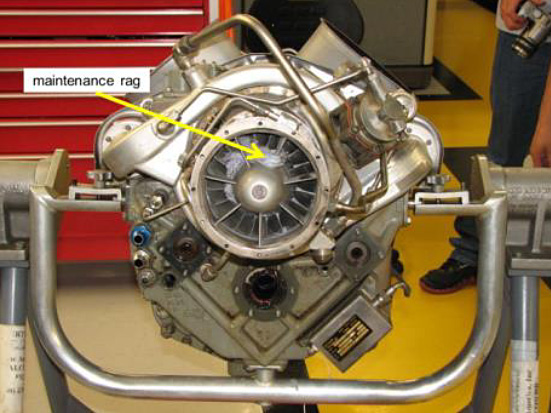
Figure 3. Compressor and bleed valve.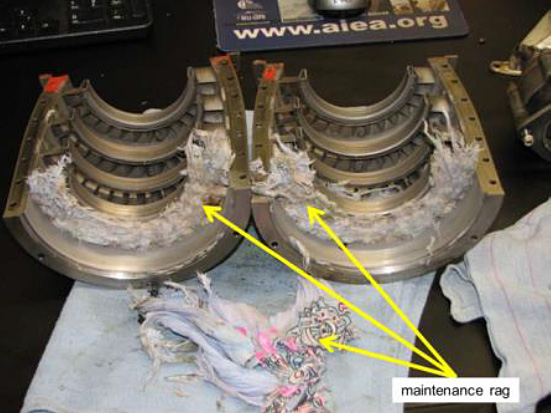
Figure 4. Compressor case halves removed.
- A Kitfox Series 5 airplane crashed into the Atlantic Ocean and sank after the pilot reported that the elevator control “bound up” during flight and that he could not regain elevator control. The seat pan panel and the dust boot at the base of the pilot’s side control stick were removed, and examination revealed a common hardware clamp and a leather work glove beneath the boot and between the tube seat structure and the control column bearing. This FOD impinged the elevator control, leading to the loss of control. (ERA12LA307)
- A True Flight Aerospace (formerly Grumman American) AA-5B airplane lost engine power during cruise flight and crashed during a forced landing. Examination of the engine revealed that the fuel filter contained considerable debris that resembled paint chips. The pilot said that the airplane had recently been painted. The engine lost power because FOD obstructed the fuel filter, which lead to fuel starvation (CEN11LA084)
- An Airbus (formerly Eurocopter) AS350 B3 helicopter was damaged during a post maintenance check flight. As the main rotor speed reached 100%, the pilot and the two mechanics heard a “bang.” After the helicopter landed, the mechanics discovered that they were missing the adjustable wrench that had been used on the top of the main rotor head. One main rotor blade, the tail boom, and the lower vertical stabilizer were damaged from the wrench. The mechanics did not account for all their tools after the maintenance procedure. (WPR10CA164)
What can you do?
- Perform an inventory of tools, personal items, AND personal protective equipment before working on an aircraft. Take only what is necessary for the specific maintenance task. Consider placing nonessential personal items, such as jewelry, coins, keys, and PEDs, in a secure location instead of keeping them with you during maintenance tasks.
- Prepare the work space on the aircraft by covering up engines, pitot static ports, air inlets, and other areas with protective materials to reduce the likelihood of FOD migration (including residual debris, such as paint chips or metal shavings) to critical flight systems.
- While working in low visibility areas (ramp/hangar), ensure that proper lighting is used to check for FOD left behind during maintenance.
- Keep hardware and consumables in appropriate containers to prevent them from becoming FOD. Store tools in tool boxes and bags, and organize them in a manner so that you can easily recognize if one or more is missing.
- Distractions can cause you to forget things during maintenance tasks. Always follow the maintenance manual/task card and use a checklist. If you get distracted, go back three steps when restarting your work.
- As you perform the maintenance task, clean as you go to reduce the likelihood of leaving any items. Keep a FOD container next to you during the maintenance task for easy FOD disposal.
- Perform a second inventory of tools, any essential personal items, AND personal protective equipment (such as safety glasses, gloves, and hearing protection) after you have completed the maintenance task to ensure that items have not been left behind. Remove any aircraft protective materials so that they do not become FOD.
- Ask another mechanic to visually inspect your work area for any items that may become FOD. A second set of eyes may see something that you missed.
- Recognize that human factors issues such as complacency, fatigue, pressure, stress, and a lack of situation awareness can contribute to FOD.
- Consider conducting daily FOD walks in areas such as hangars, ramps, and runways to identify and remove FOD.
post courtesy of https://www.ntsb.gov/ Original Post 2016
- The pilot of a Rotorcraft Development Corporation (formerly Garlick) UH-1B helicopter reported that she heard a loud noise, followed by a “bang”; the low rotor rpm horn sounded, the pilot entered an autorotation, and the helicopter crashed on a hillside and rolled. The engine had been replaced the day of the accident. Material consistent with a towel was found in the inlet guide vanes (IGVs) and also in the compressor section
- NTSB Safety Alert Control Foreign Object Debris Click To Tweet

